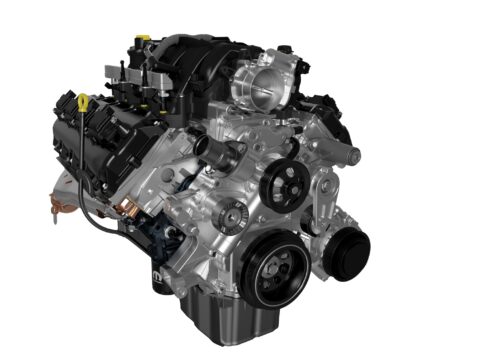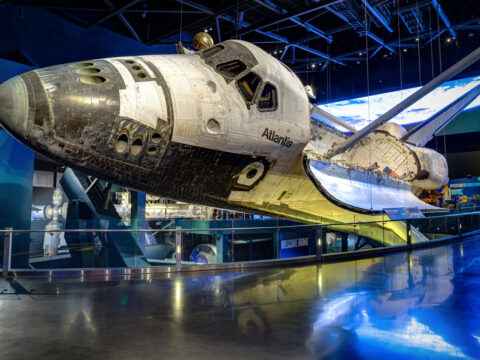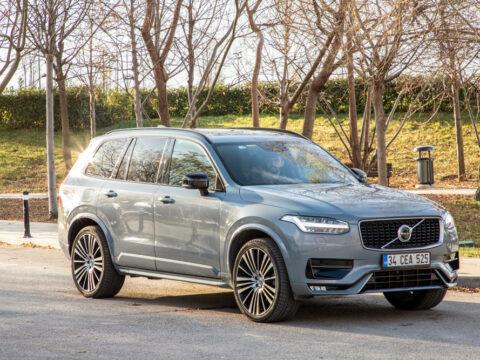After World War II ended in 1945, Soviet Union’s communist dictator Joseph Stalin forbade the USSR and its Central and Eastern European allies from having contact with nations from the West. This political and ideological barrier was known as the Iron Curtain. Its existence from 1946 to 1990 defined the Cold War era.
If you think the Iron Curtain is just a metaphor, consider the people behind it. Oppressed under Communist rule and banned from venturing beyond its border, they had little access to anything from the West—including vehicles.
Here, we’ll look at some of the cars produced behind Iron Curtain: the ones that died, those that thrived, and some you haven’t heard of before.
Moskvich 400 (Москвич 400) 1946-1956
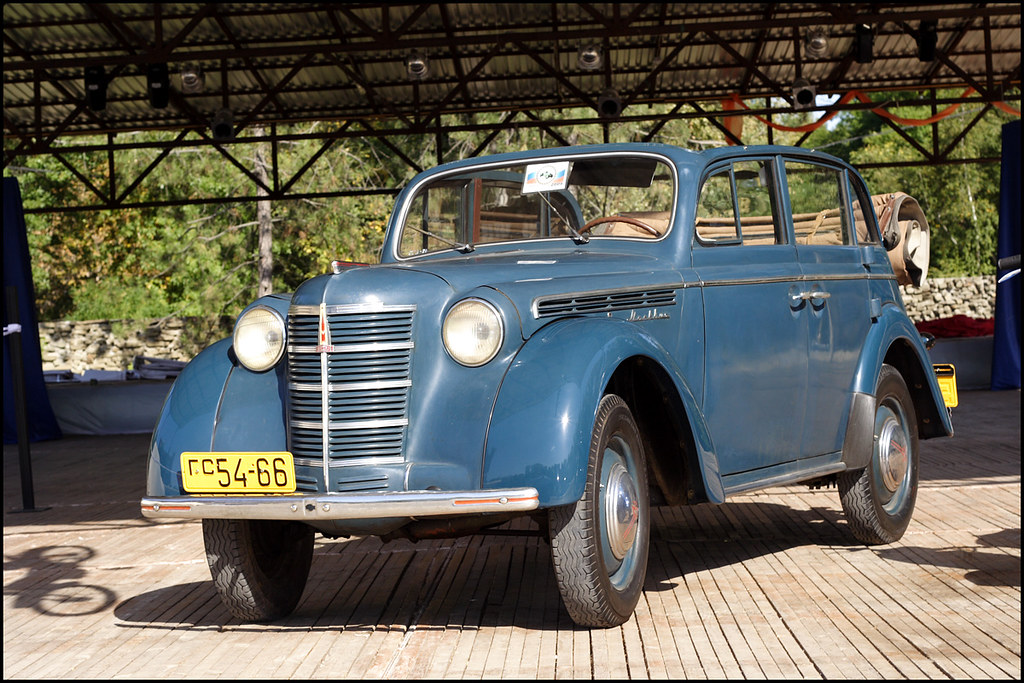
Moskvich, meaning “Muscovite,” was one of the Soviet Union’s most prolific car brands. It had pre-war roots under the name KIM (an acronym that translates to Communist Youth International), the plant that produced the original Soviet compact car. Moskvich 400 was the first vehicle available to the Russian public after WWII. It was modeled after the Opel Kadett 1938—a German car.
The Moskvich brand endured until 2001 and is known for popular (albeit slow) models like the 408. In 2022, Moskvich announced plans for a comeback, a polarizing topic among modern-day Russians.
Lada/VAZ-2101 Zhiguli (Лада / ВАЗ Жигули 2101) 1970-1982
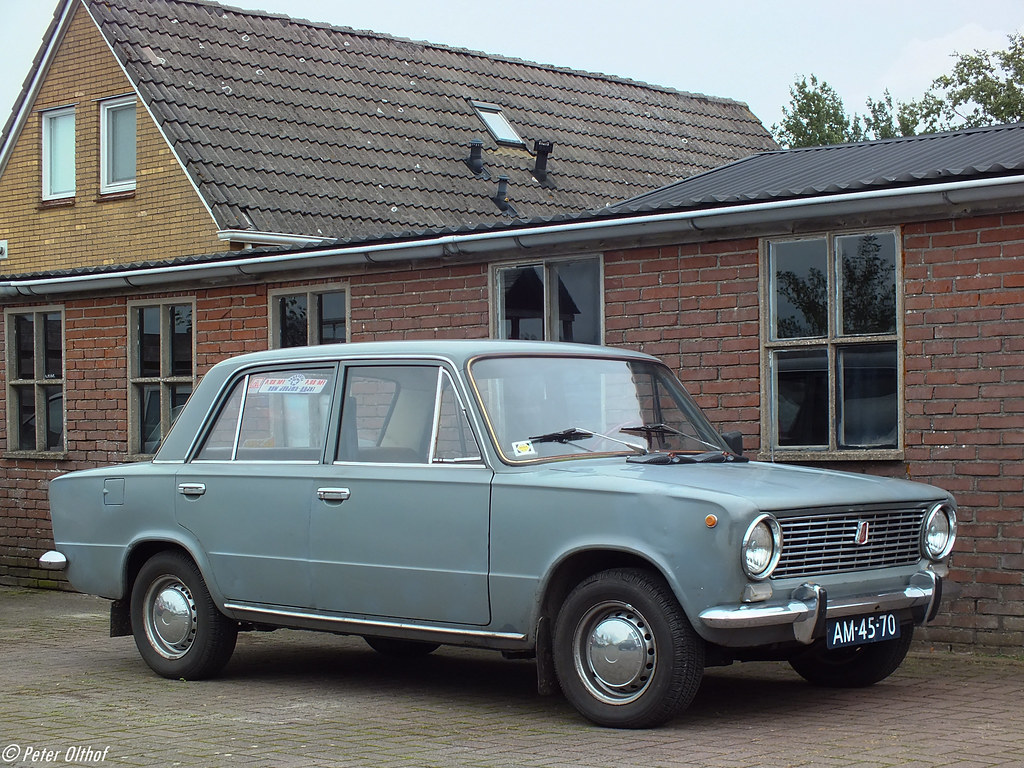
Italy’s Fiat had ties to Russian industry before the 1917 Revolution, which was why Soviet-owned auto plant AvtoVAZ was permitted to use its Fiat 124 sedan as the basis for the VAZ-2101 Zhiguili in 1970, which was also sold under the Lada nameplate beginning in 1973.
To become VAZ-2101, Fiat 124 was given a Soviet makeover. A heavy steel body, heightened suspension, and aluminum rear brake drums toughened up the petite Italian to survive Eastern European winters. With 19 million units sold, VAZ-2101 Zhiguili, also called “Kopeyka” for the smallest Soviet coin or “the people’s car,” is one of the best-selling vehicles ever.
Polski-Fiat 125p (Polskiego Fiata 125p) 1967-1991
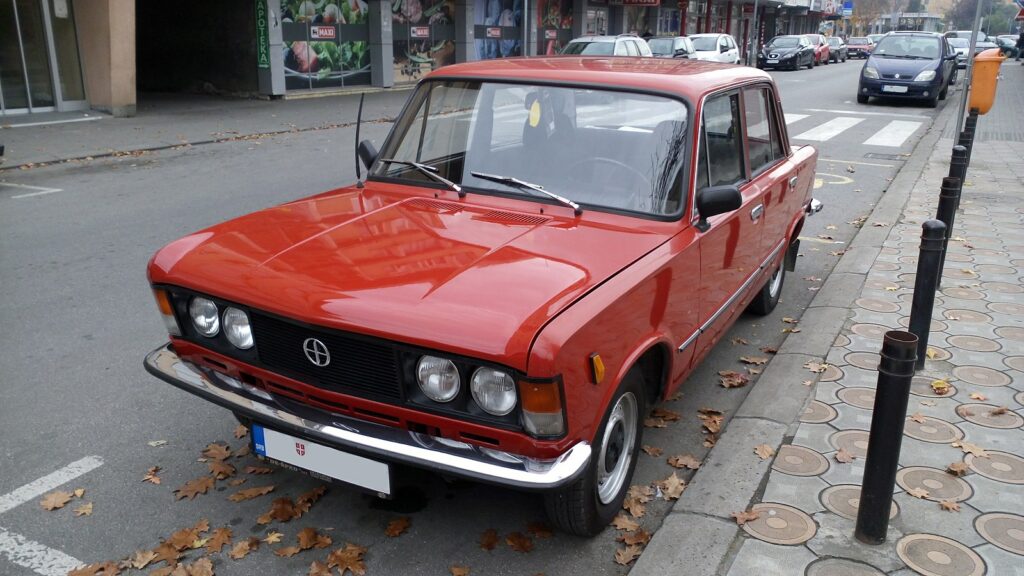
Fiat’s dealings behind the Iron Curtain weren’t exclusive to the USSR. In ‘67, a licensing agreement with Communist-run auto factory Fabryka Samochodów Osobowych (FSO) in Warsaw birthed the creation of the Polski-Fiat 125p, an incarnation of the Fiat 125.
Polski-Fiat was Lada’s older cousin; it was roomier than most Eastern Bloc cars but also a cheap, watered-down version of what it was based on. Affordability and accessibility made it popular in Poland. Despite its fidelity to an outdated design, Polski-Fiat 125p charged on for decades—a Polski-Fiat pickup truck and a Polski-Fiat EV were made in the 70s.
Wartburg 353 1966-1988
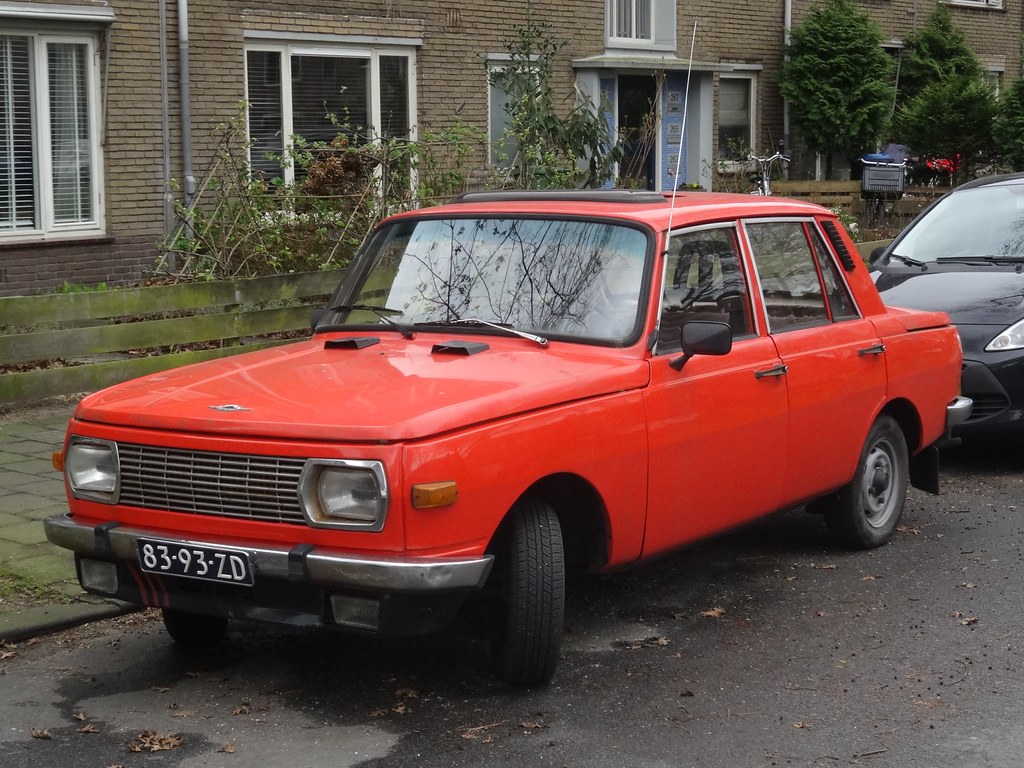
Deutsche Demokratische Republik (DDR), or as we say here, East Germany (German Democratic Republic (GDR)) was the Iron Curtain’s westernmost country. Still, the boundary was fortified in 1961 by the Berlin Wall. East Germany’s best-known contribution to the Communist auto industry was its Wartburg brand.
Eastern European cars were often labeled sub-par, but Wartburg 353 (exported as Wartburg Knight) was a nicely made, relatively stylish offering from Automobilwerk Eisenach (AWE)—DDR’s state-run auto manufacturer. Wartburg collapsed around the same time the Berlin Wall did, but today 353s are collectible vehicles.
Volga GAZ-24 (Волга ГАЗ-24) 1970-1985

The GAZ-24, Russia’s classiest vehicle, was built by—that’s right, an auto plant controlled by the Soviet state called Gorkovsky Avtomobilny Zavod (GAZ). It replaced the 50s-era GAZ-21 and was exported throughout Europe and parts of Latin America and Asia.
Volga GAZ-24 had nicer features than your average Moskvich or Lada, such as font, rear armrests, and a foot-operated windshield washer. Any vehicle was a luxury to those living under the Iron Curtain’s shadow, and the GAZ-24 was more than most could afford. The majority of GAZ-24s driven in Soviet Russia were used as taxis and were known to run for over 620,000 miles.
Škoda 1000 MB 1964-1969
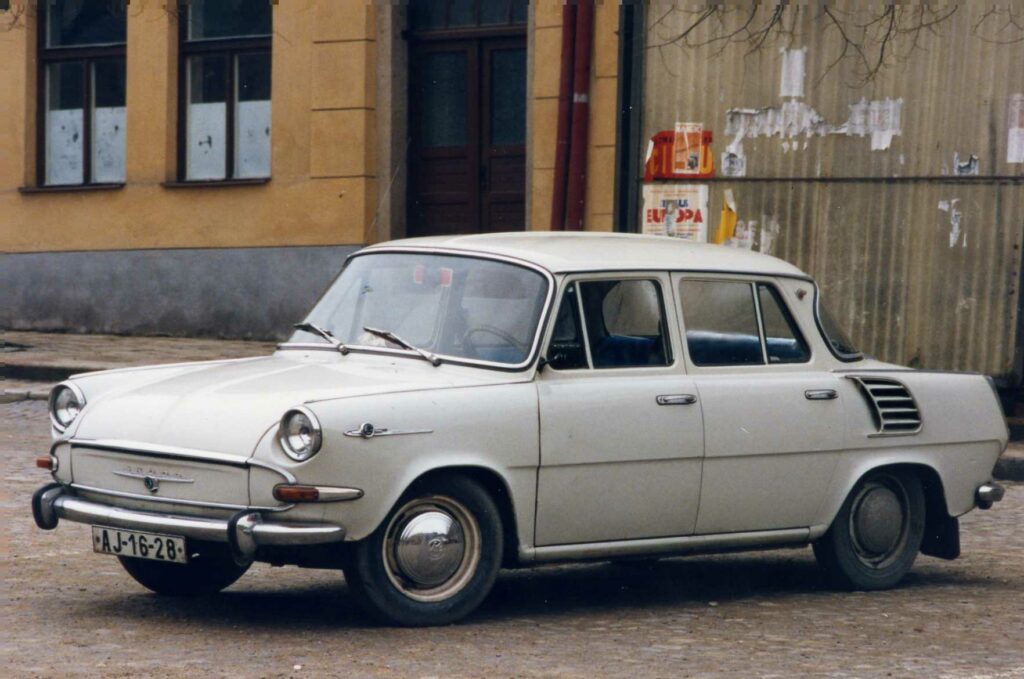
After the success of its Octavia model, Czech manufacturer Škoda, then overseen by Automobilové závody národní podnik (AZNP), shook things up with the 1000 MB, a family car that was the first of many rear-engine Škodas.
1000 MB was affordable and had cool amenities like a split-folding rear seat and a tool kit. Movements like the Czechoslovakian Velvet Revolution of 1989 and perestroika signaled the fall of the Soviet Union, and Škoda’s future hung in the balance. Their decision to privatize and merge with Volkswagen improved both quality and confidence. Today, nearly one-third of all cars registered in the Czech Republic are Škodas.
This article originally appeared on MyCarMakesNoise.
More from MyCarMakesNoise
10 Cars People Will Never Understand Being Produced

After someone asked an online car forum which hideous vehicles should have never been built and produced, here are the top-voted automobiles. Read More.
Top Voted 10 Ugliest Cars Ever Made According to the Internet

Here are the ten ugliest cars as decided by the general key-tapping public. Read More.
10 of the Dumbest Four Wheeler Vehicle Types According to Truckers

Contributors on a truckers group voted the following four-wheelers the dumbest ever. Read More.

